I don’t like starting New Year’s resolutions on January 1st. Technically, I suppose that is when they should start, but I find it much easier to aim for January 8th. Or in the case of this Substack, February 6th. This was the date that I published the first post on The Silent Sod this past year, and thanks to my sister Char coming on board as a writer, we’ve been able stick to our plan of posting twice a week since then. One of the best parts of working on The Silent Sod is that it’s given me even more incentive than I already had to seek out cemeteries, memorials, historic homes, and other sites related to memory. I’ve seen so much cool stuff this past year! It’s hard to narrow down, but here’s my personal top ten.
Top 10 historical sites of 2024
Arlington House (Fort Meyer, Virginia)
Built as a monument to George Washington by his step-grandson, George Washington Custis, Arlington House was eventually inherited by Mary Anna Custis Lee. Her husband, Robert E. Lee, led the Confederate army during the Civil War. Union forces seized Arlington during the war and eventually started burying soldiers on the property so the Lees would never be able to return home.
Today, Arlington House is a memorial to Robert E. Lee operated by the National Park Service, and it’s situated on the grounds of Arlington Cemetery. Given the controversies surrounding Confederate monuments in recent years, I was very eager to see how NPS interpreted the site. I especially appreciated the recent attention given to the families who were enslaved on the property.
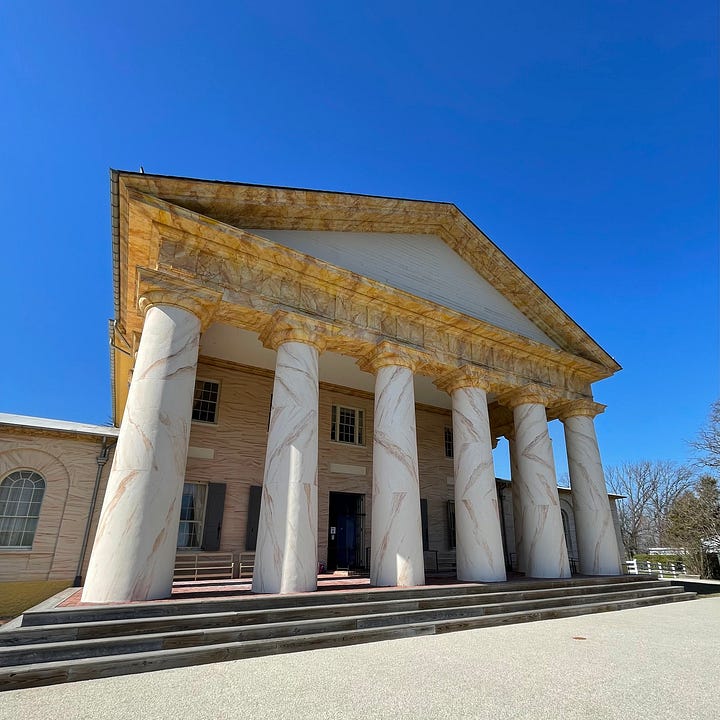

Grant’s Tomb (New York, New York)
Robert E. Lee’s counterpart at the end of the Civil War was Ulysses S. Grant, who went on to become president of the United States. Following his death, Grant was entombed, not buried, in a huge mausoleum in New York City that is known as Grant’s Tomb. This site is operated by the National Park Service, and I visited it on a cold weekday in January. The dim lighting and empty chambers made me think about how memorial sites that fail to connect with the living risk obscurity and decline. My favorite part was a series of statues of Union generals that lined the rotunda facing the sarcophagi of Grant and his wife, Julia.
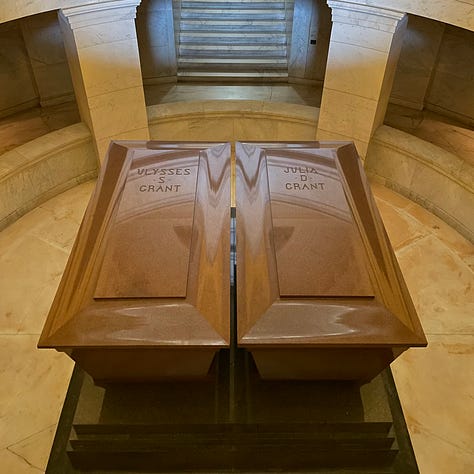
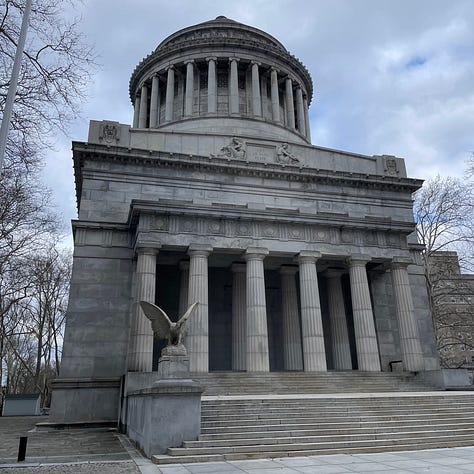

Theodore Roosevelt’s Birthplace (New York, New York)
This is yet another historic site operated by the National Park Service. I find myself drawn to these places not only because of their historical significance but also because admission is generally free. I learned a lot here about TR’s journey from a sickly boy to a hearty presidential figure associated with progressivism and the American West. I also learned that the last name Roosevelt comes from Roos, the Dutch word for roses, and the family’s china featured this flower.
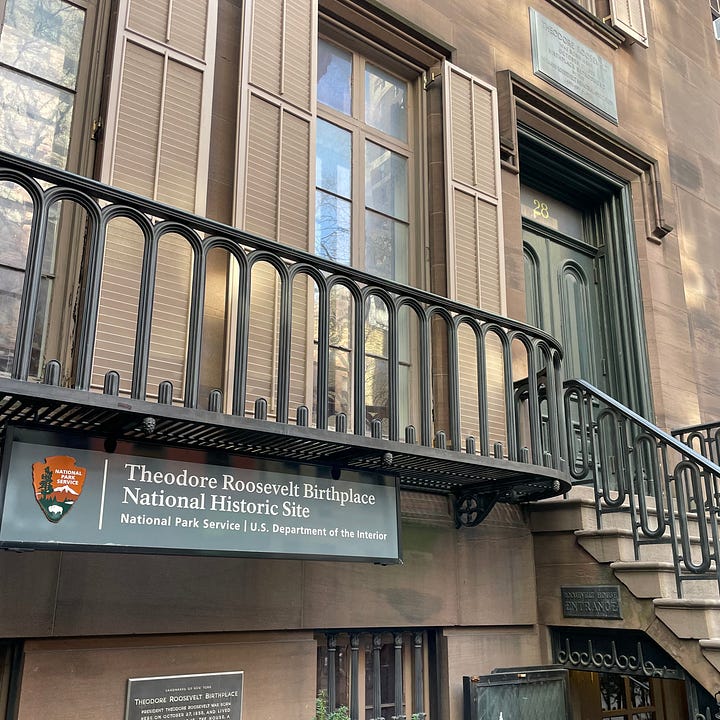
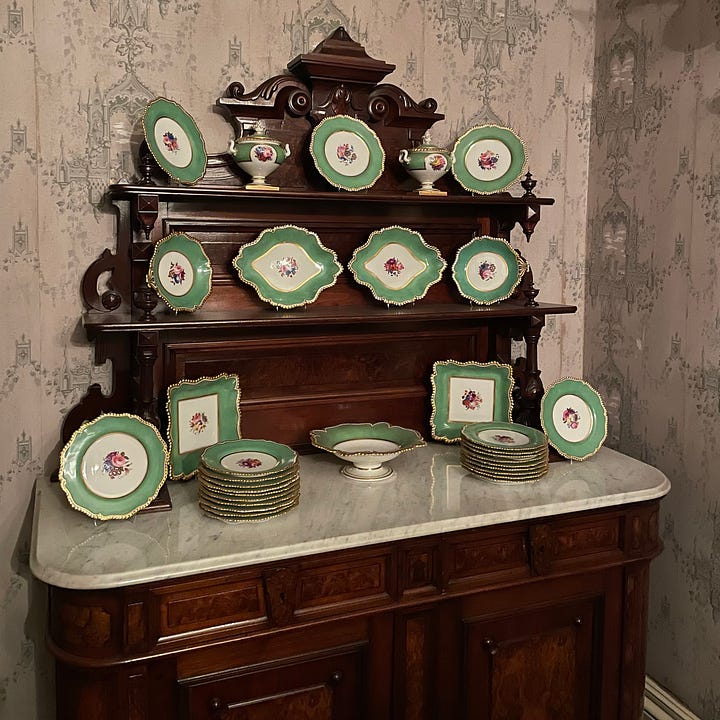
Golden Lamb (Lebanon, Ohio)
While I was home in Cincinnati over the summer, Char and I had lunch at the Golden Lamb, a historic inn and restaurant we’ve been visiting with our family since we were kids. Lunch was delicious and we stumbled onto the story of furniture maker Henry Boyd, who Char highlighted in a couple of subsequent Silent Sod posts.
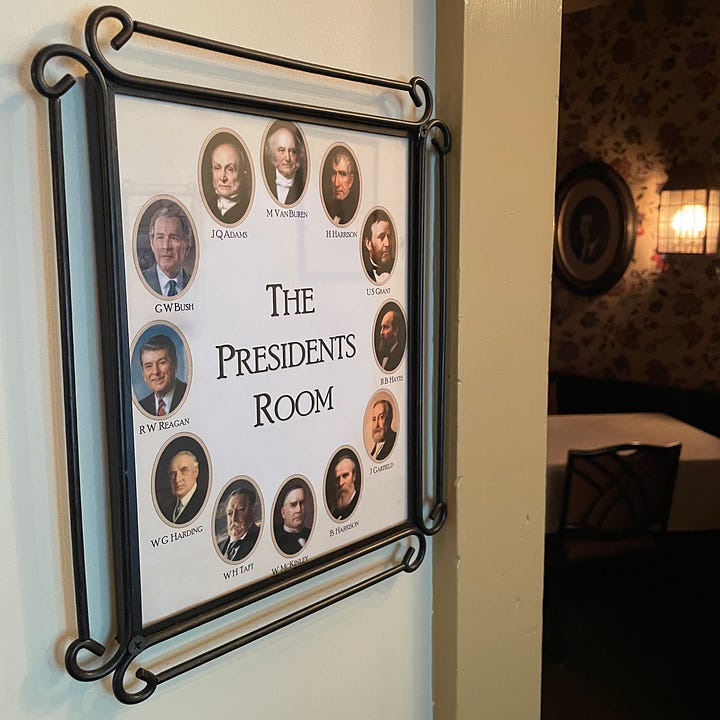
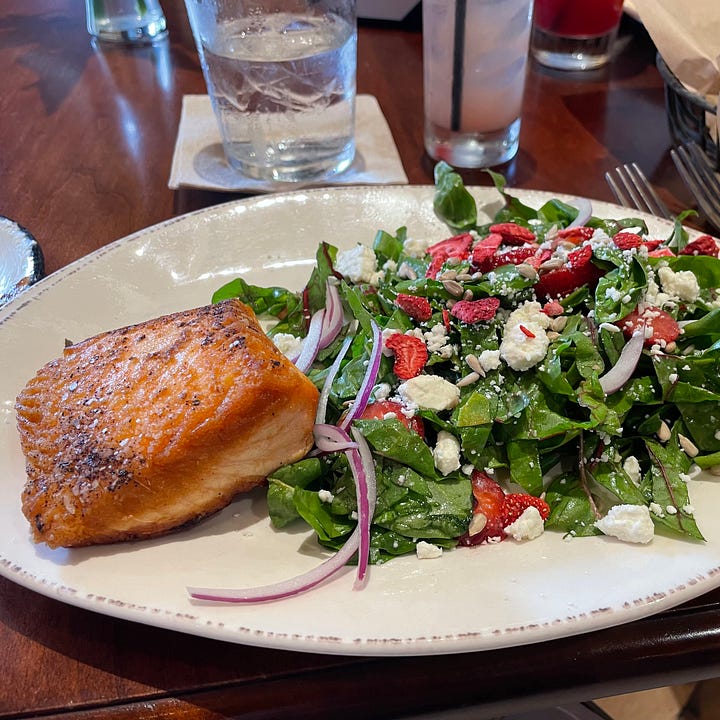
Pioneer Cemetery (Cincinnati, Ohio)
Char and I took another research trip during my visit to the Pioneer Cemetery, the burial grounds for some of the earliest settlers to Cincinnati. Despite growing up in Cincinnati, I haven’t thought too much about its origins. This visit made me want to know more about early European settlers in the region and their relationships with Indigenous groups, so that’s a goal for 2025.
National Mall (Washington D.C.)
My uncle and I took a history packed summer vacation to Washington D.C., New York City, and Boston. We visited multiple Smithsonian museums, the Library of Congress, and the National Portrait Gallery while we were in D.C., but in terms of memorials, the highlight for me was walking around the National Mall at sunset and seeing the Washington Monument, Lincoln Memorial, World War II Memorial, Vietnam Veterans Memorial, and the Korean War Veterans Memorial.
Freedom Trail (Boston, Massachusetts)
In Boston, my uncle and I walked the entirety of the Freedom Trail over the course of two days. My favorite sites were the burial grounds. I visited the grave of the men killed in the Boston Massacre, whom I’d written about shortly before my trip.
Hope Cemetery (Barre, Vermont)
I went camping in Vermont in August and decided to make a day trip to a cemetery I’d been hearing a lot about: Hope Cemetery. Barre, Vermont, is famous for its granite production and for having been the home of some of the most skilled carvers. Hope Cemetery is filled with elaborate monuments, and outside of military cemeteries, it is one of the most uniform looking cemeteries I’ve been to since almost all of the monuments are made from Barre granite.
Oakland Cemetery (Atlanta, Georgia)
Oakland is one of my spiritual homes, and I especially love being inside the cemetery at night. I had the opportunity to visit and volunteer at both their Illumine and Capturing the Spirit of Oakland events this year.
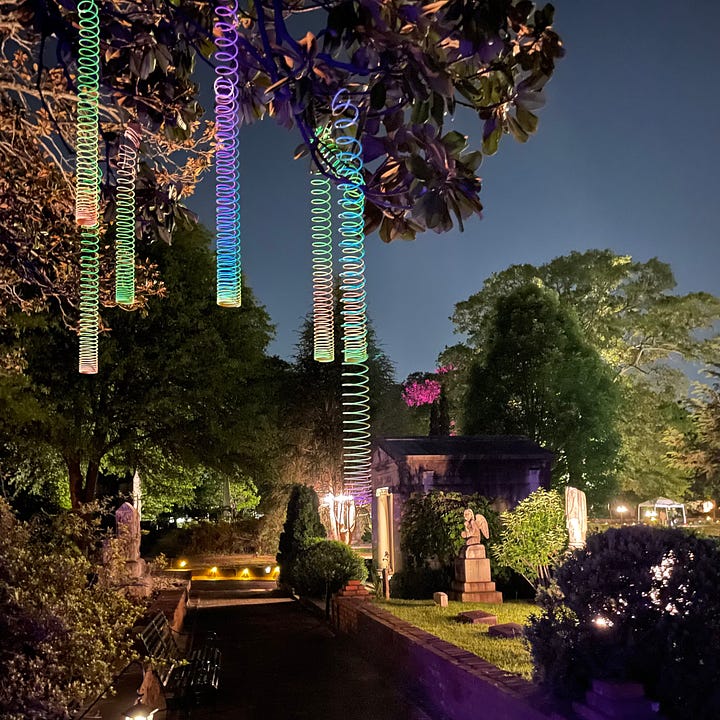

Margaret Mitchell House (Atlanta, Georgia)
I was in Atlanta for my birthday and decided to visit the recently revamped Margaret Mitchell House. Like my visit to Arlington House, I was interested in seeing how the house operators, in this case the Atlanta History Center, have updated their messaging to tell a broader story about Mitchell’s Gone with the Wind and its impact on the popular understanding of slavery, the Civil War, and Reconstruction. I hope to dissect what I learned in a future post, but for now, one thing I found particularly interesting was that Margaret Mitchell, who published under her own name, was listed on her library card as Mrs. John R. Marsh.
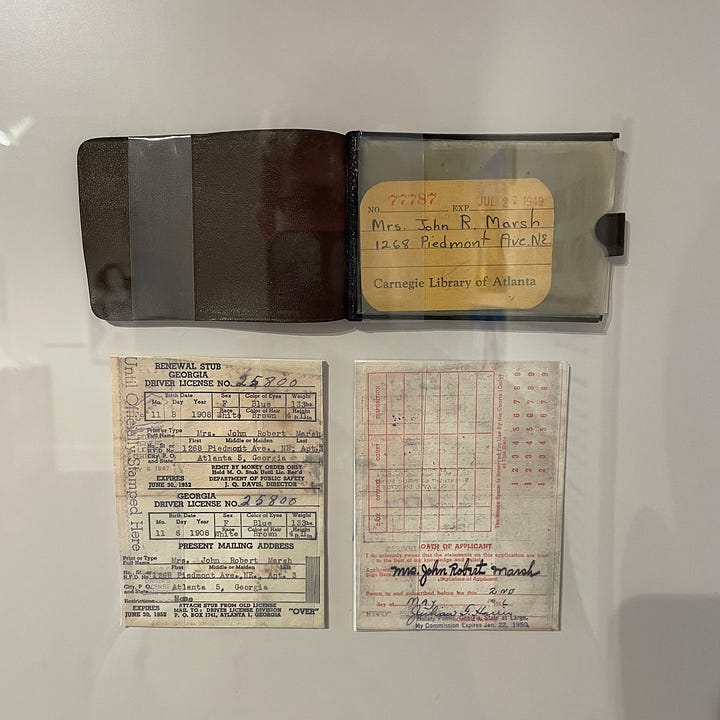

Cincinnati Observatory (Cincinnati, Ohio)
One thing I did learn about Cincinnati this year is that the neighborhood Mt. Adams is named for John Quincy Adams, who visited the area to attend the dedication of the Cincinnati Observatory. Char will probably be sharing more about this when she writes about John Quincy Adams for her Presidential Picks series.
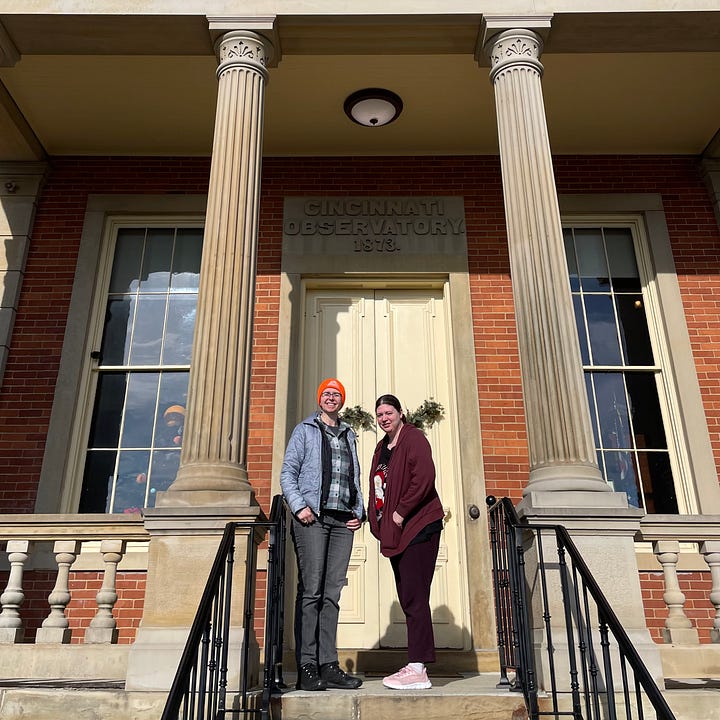
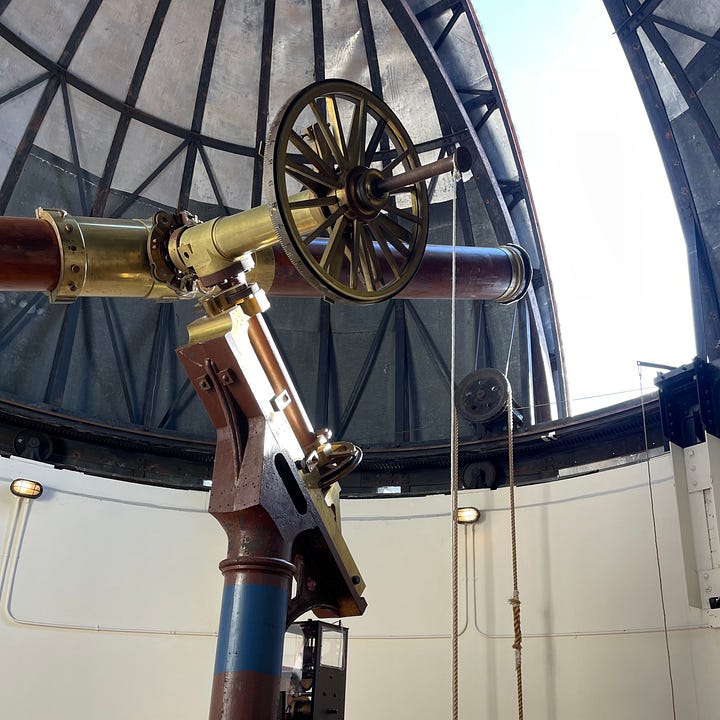
Thanks for following along on our trips and travels this year. In 2025, I hope to visit more modern memorial sites (e.g., 9/11 Memorial and Museum), dive deeper into my own family history, and to keep exploring questions around memory and meaning. Hope you’ll be along for the ride!






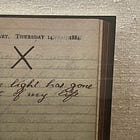

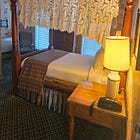
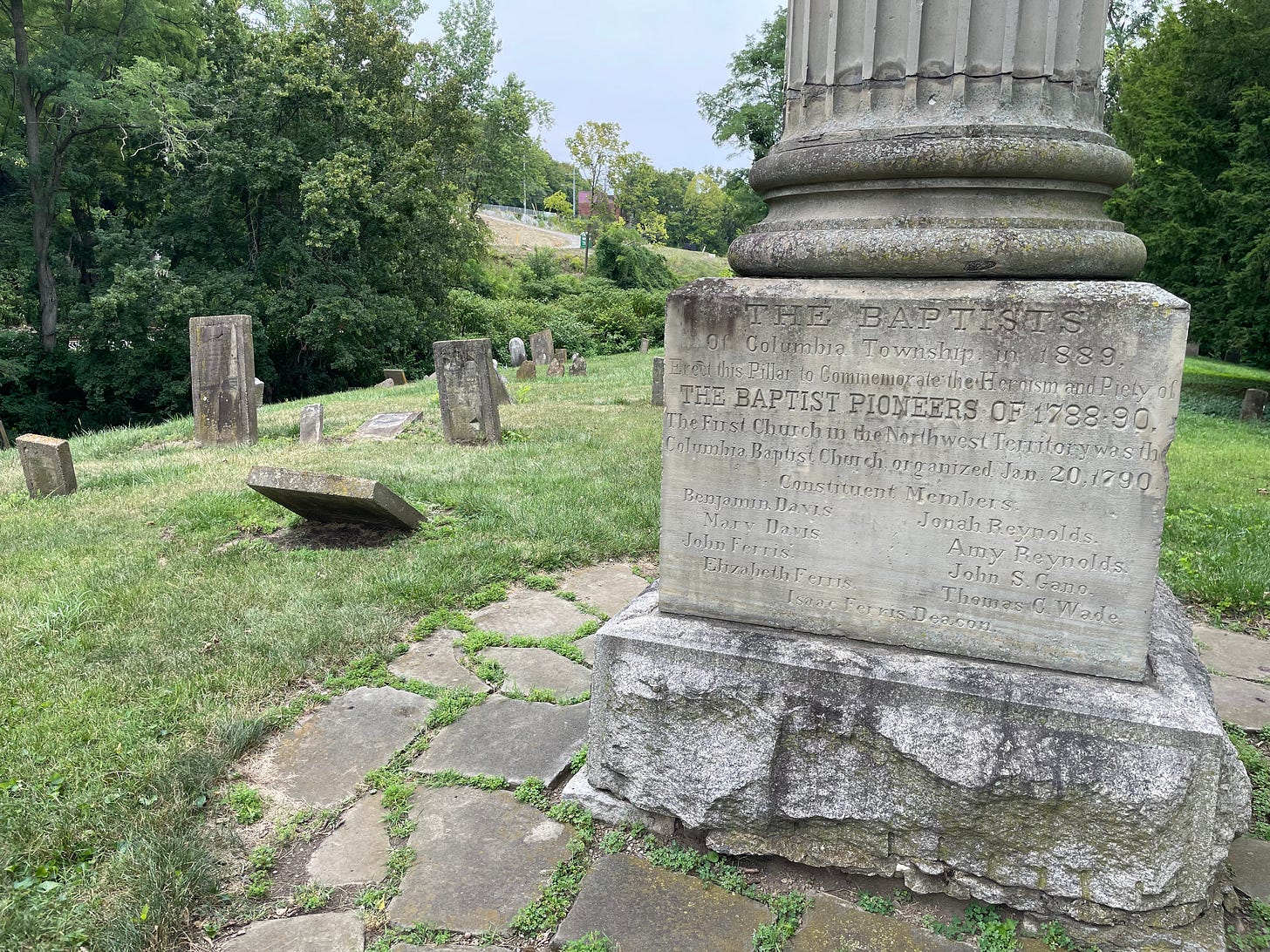






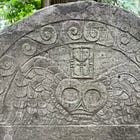
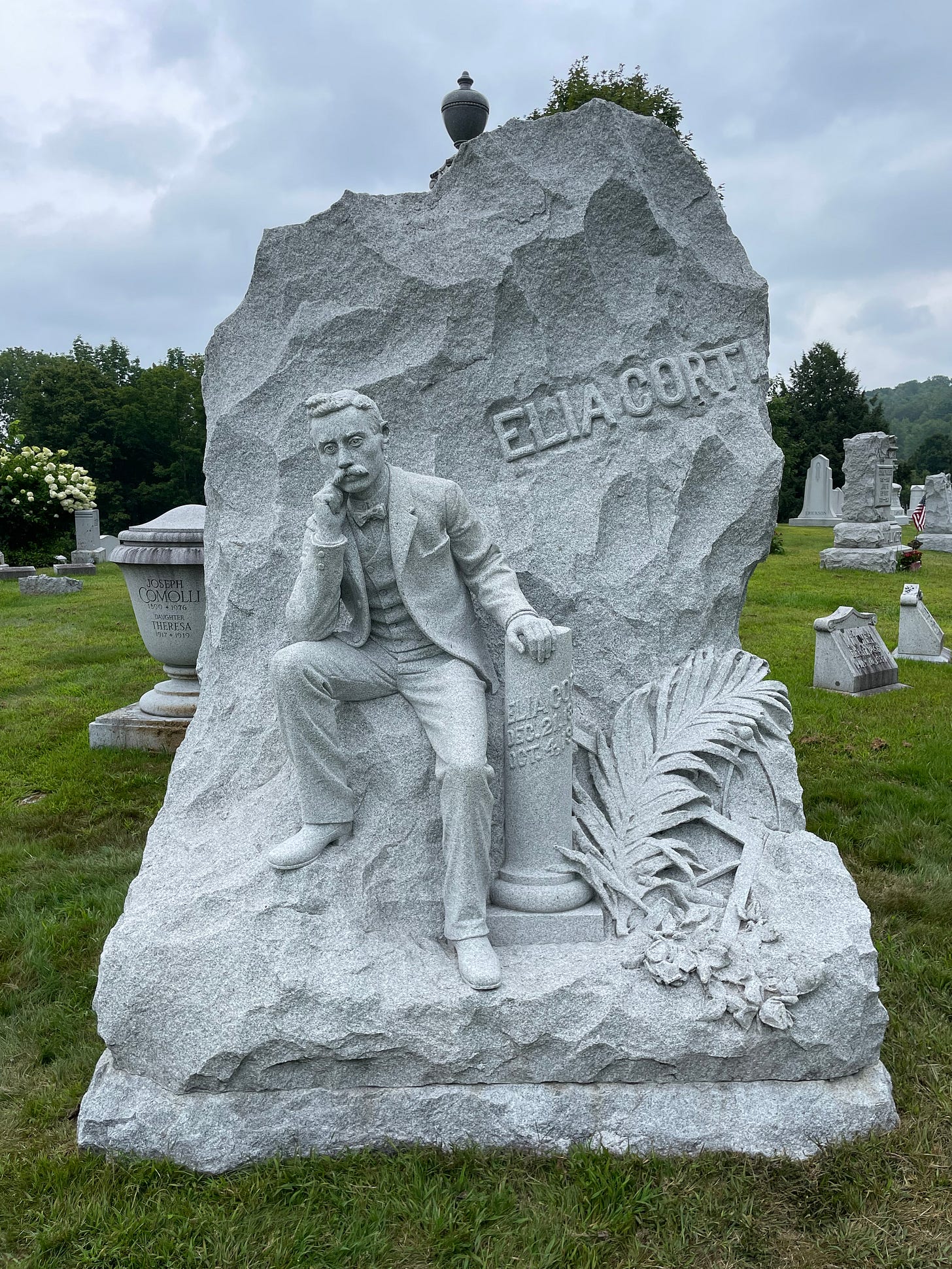



This is great, looking forward to more this year!
Congratulations, Sarah! An impressive, um, body of work you've built already. I look forward to reading more.